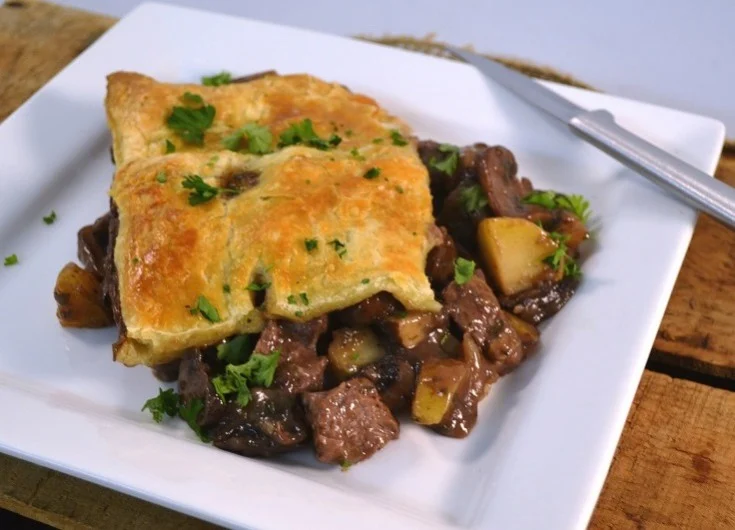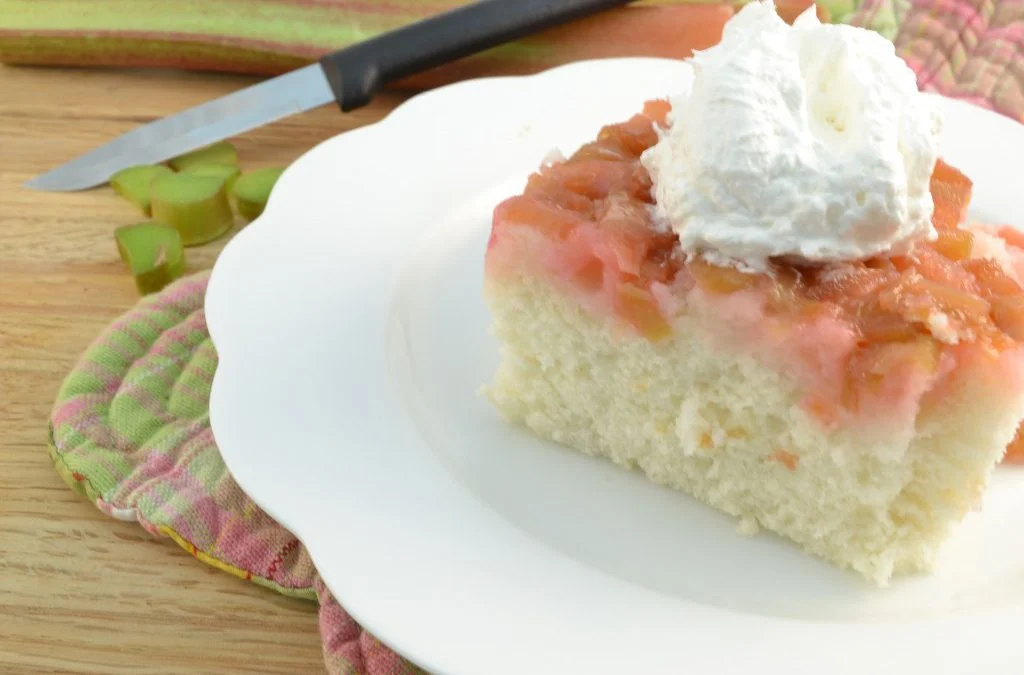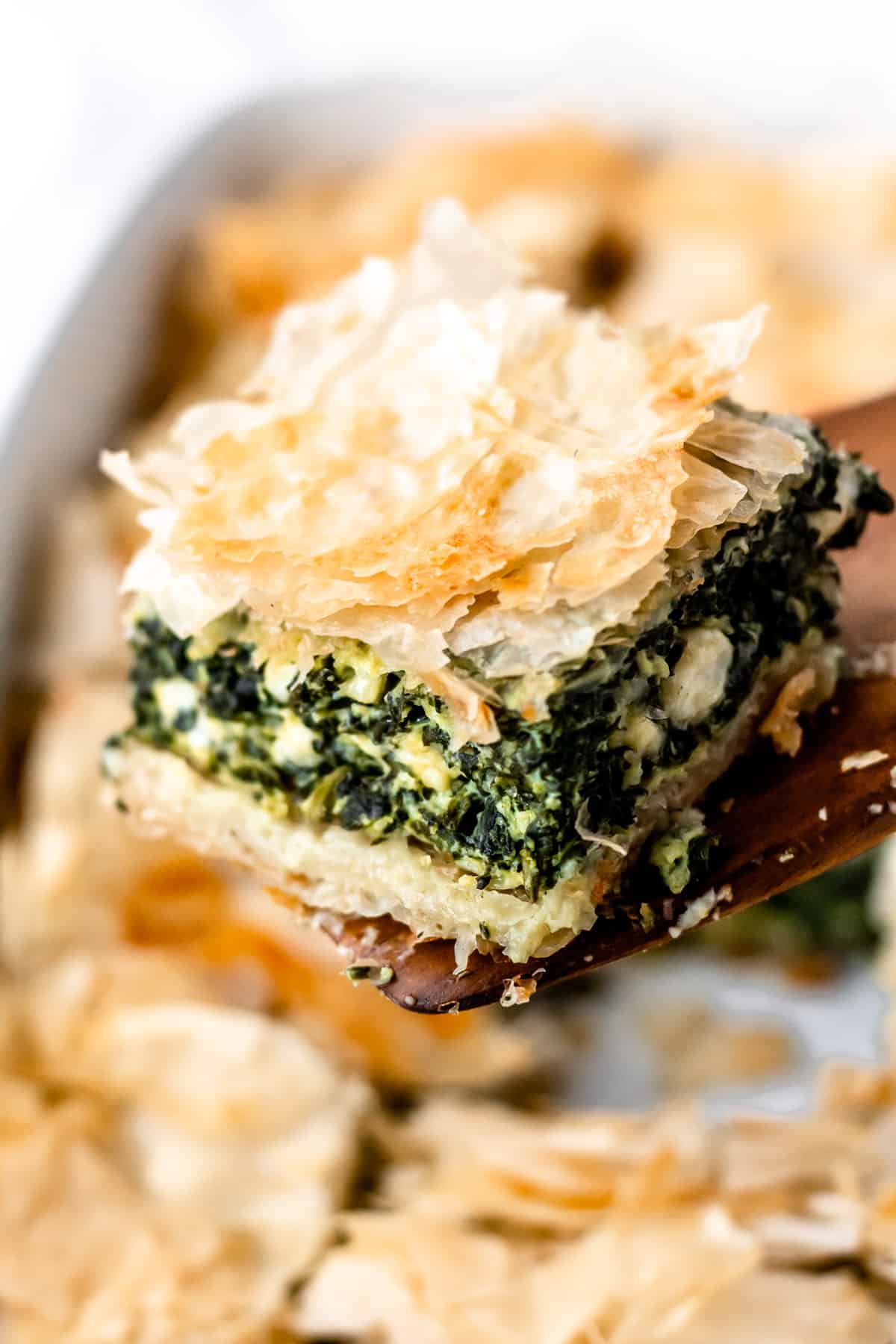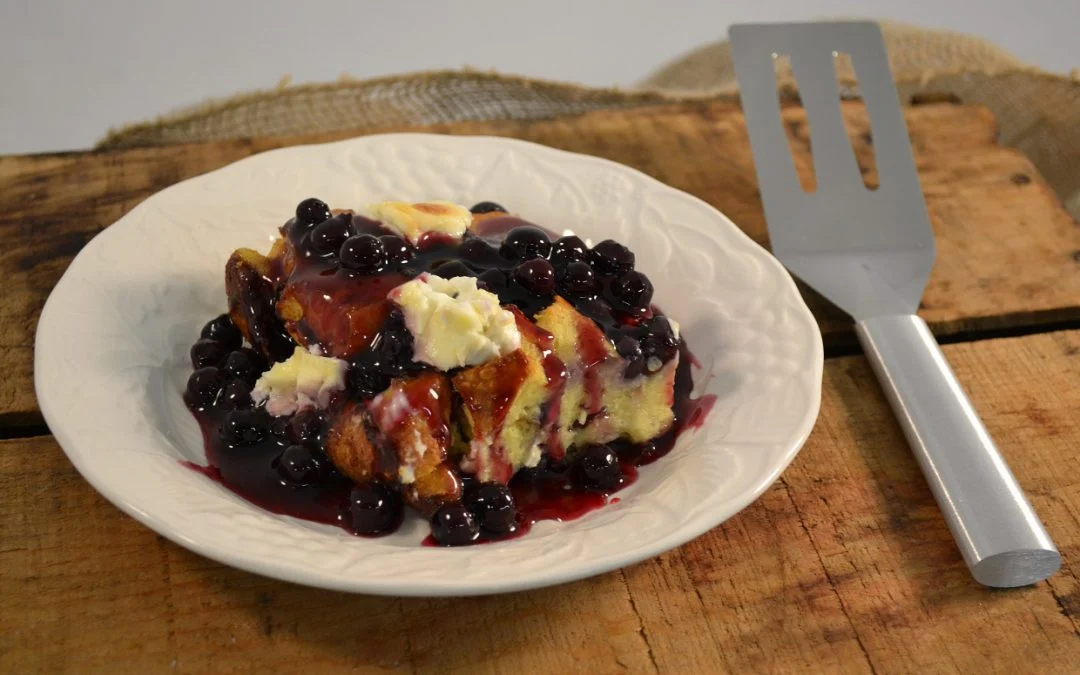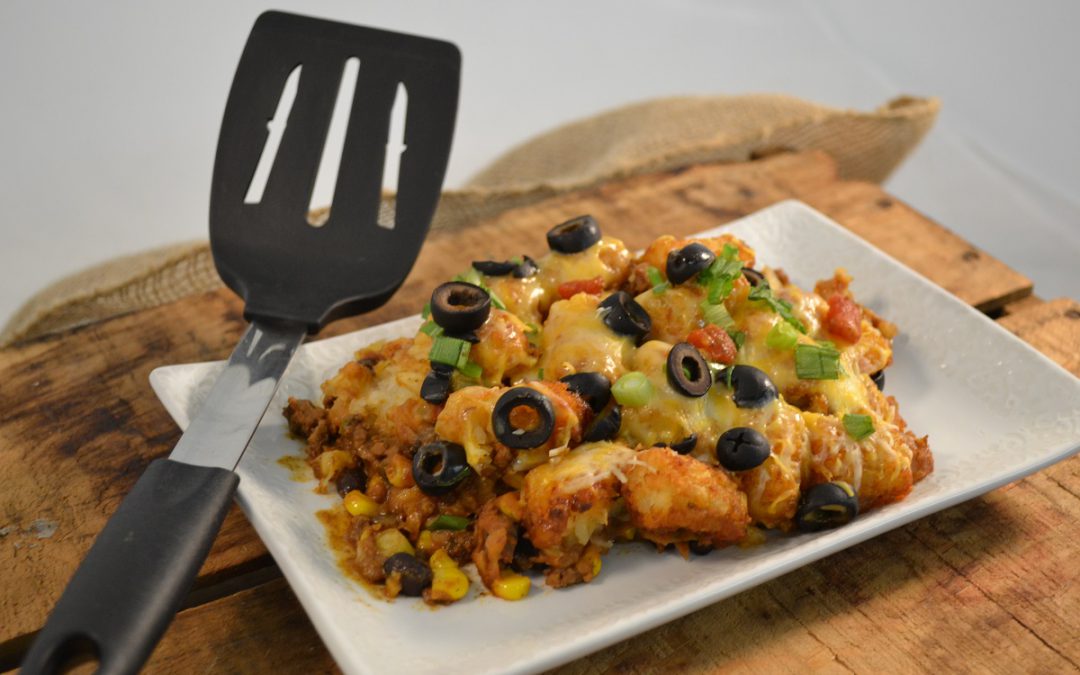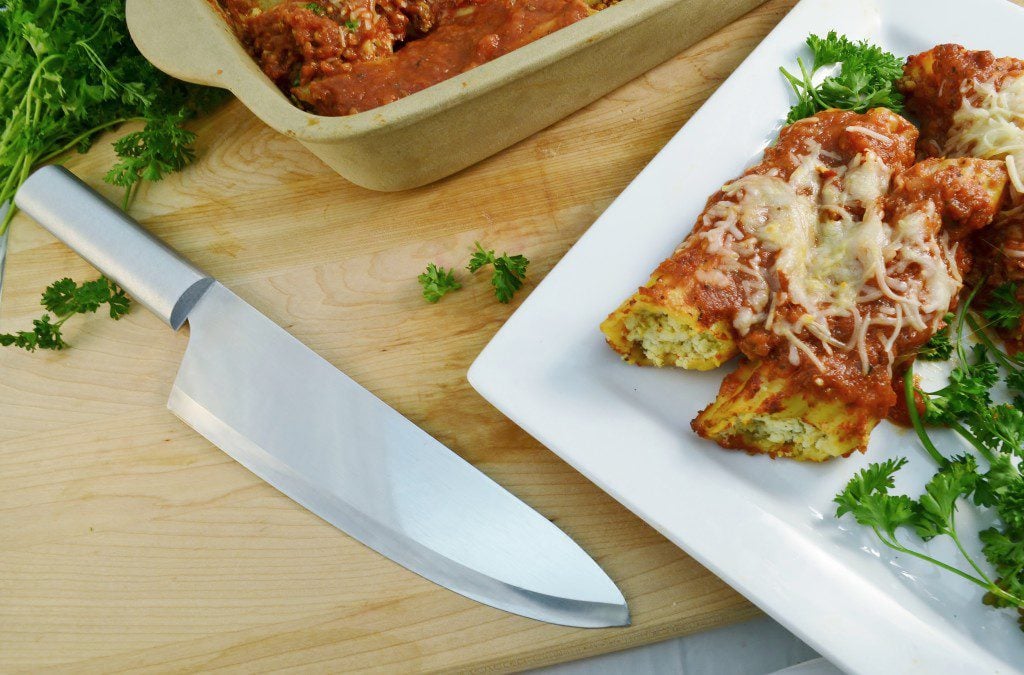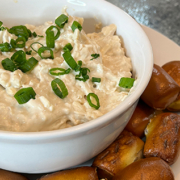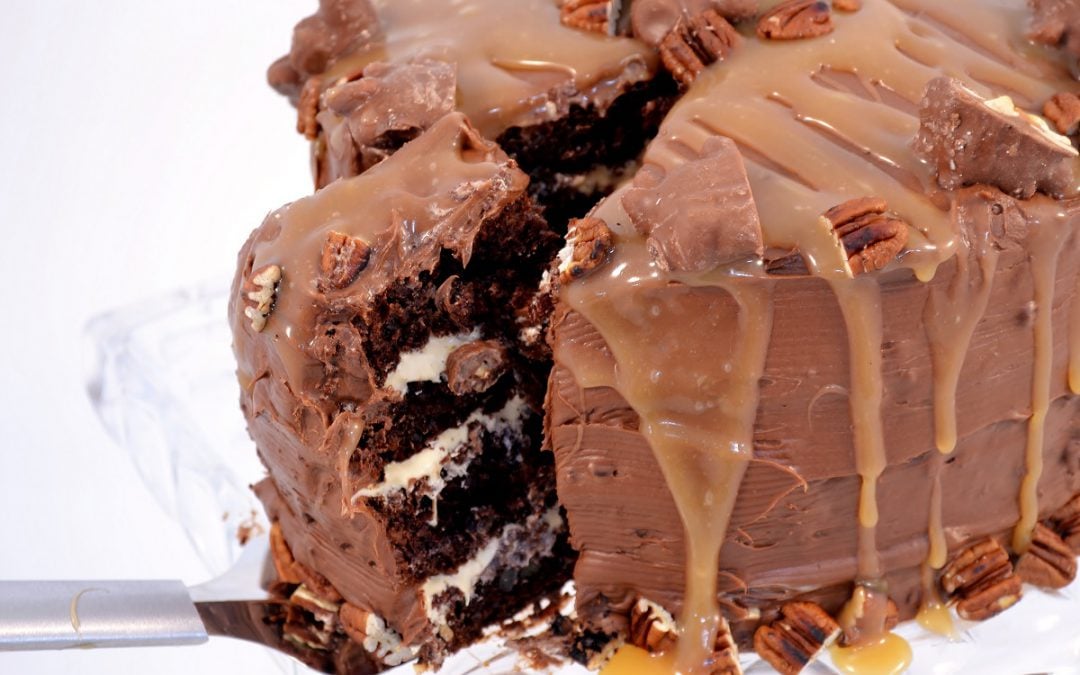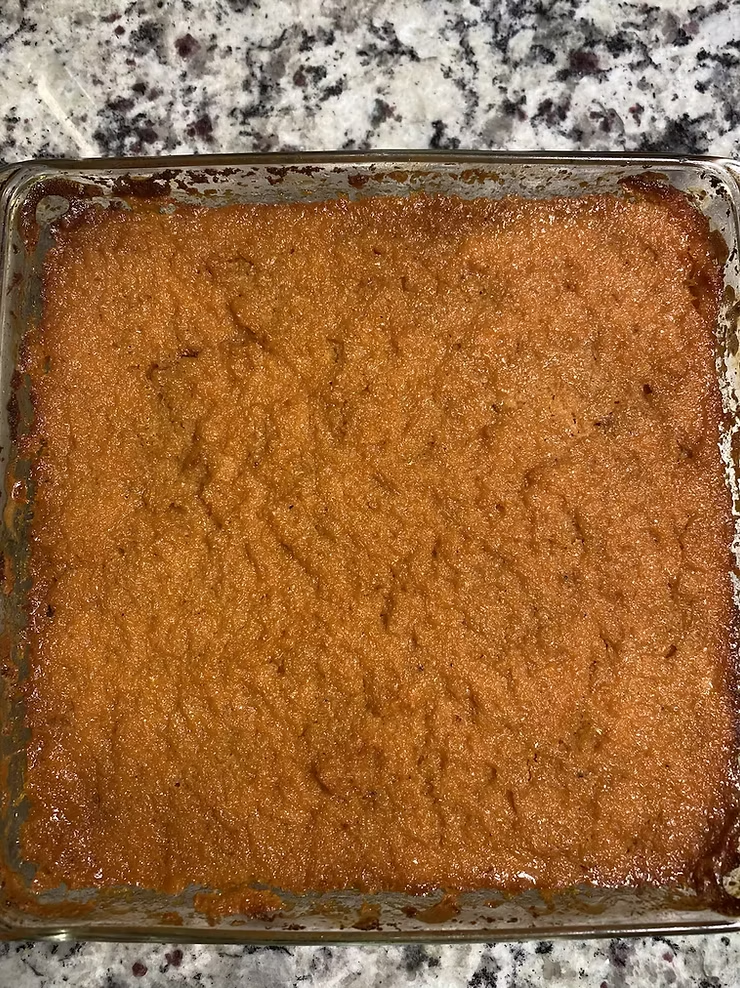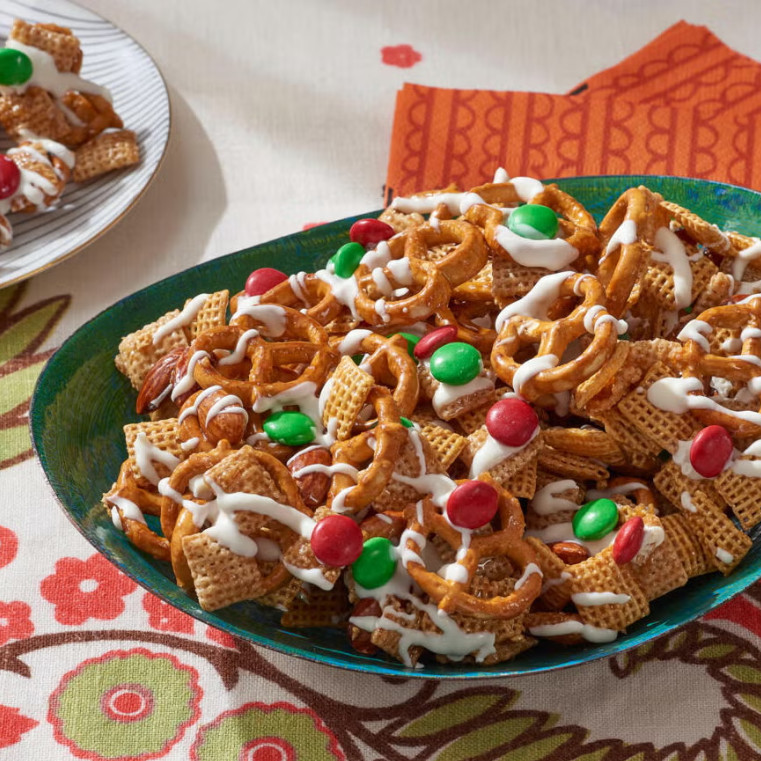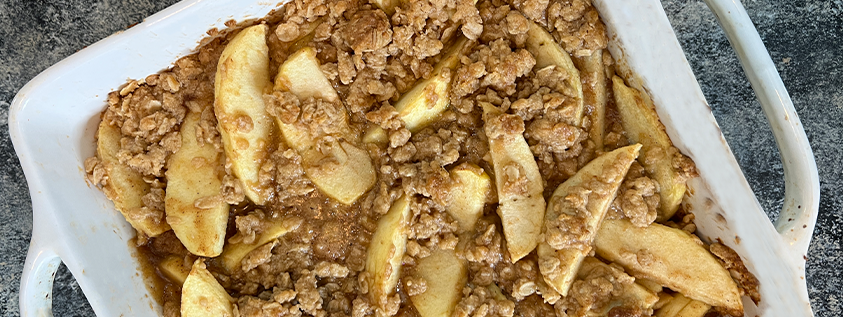Views: 25
There are three types of oregano: fresh, dried, and in the form of an essential oil. In regard to culinary uses, oregano has become a common ingredient in many Italian, Mexican, and Greek dishes and is often paired with basil as it complements it very well, especially in pizza. Dried oregano is often present in processed foods and drinks such as certain alcoholic beverages, tomato sauces, meat and meat products, condiments and relishes, snack foods, and milk products.
Oregano contains rich sources of antioxidants, which slows the aging of cells and helps fight infection, along with vitamin K, which aids in the promotion of bone growth, maintenance of bone density, and the production of blood clotting proteins. It also provides iron, manganese, vitamin E, iron, calcium, omega fatty acids, manganese, and tryptophan. The high fiber content present in oregano binds to bile salts and cancer-causing toxins present in the colon and eliminates them from the body. As a result, the body is forced to produce more bile salts to break down cholesterol, which will aid in reducing high cholesterol levels and therefore may help decrease the risk of colon cancer.
This herb has been found to possibly contribute to a wide array of medicinal uses. Oregano in the form of an essential oil possesses antimicrobial, antibacterial, antiviral, and antifungal properties. Some healing uses include treating foot or nail fungus, killing parasites and infections, and alleviating sinus infections and colds. Utilization of oregano essential oil also supplies health benefits to both the respiratory and immune systems. It helps prevent and treat infections including urinary tract infections (UTIs), respiratory, yeast, and parasitic infections, and methicillin-resistant staphylococcus aureus (MRSA) infection. It has shown promise in preventing the onset of food-borne illnesses caused by pathogens such as Listeria, Salmonella, E. coli, and Shigella dysenteric. Additionally, antiseptic characteristics are present in oregano essential oils, which are beneficial in practices of aromatherapy due to the relief of coughs and respiratory illnesses provided through the steam method of this oil. Other aromatic advantages of oregano oil are warding off insects, relieving bug bites and poison ivy rashes, helping with the healing process of cold sores and dandruff, easing sore throats and toothaches, and relieving muscle and joint pain, rheumatoid arthritis, sprains, and cramps. Further benefits of oregano oil include working as an anti-inflammatory agent for osteoporosis and arteriosclerosis and slowing down or preventing the progression of breast cancer. Lastly, different studies on oregano oil have shown that it is used to help treat the following illnesses and conditions: acne, bronchitis, bloating, headaches, heart conditions, allergies, intestinal parasites, earaches, fatigue, and menstrual cramps. However, it is imperative to note that additional research in the future is necessary to back these particular health claims.
Next time you are savoring a slice of pizza or your favorite Mediterranean dish, consider topping it with oregano to reap the numerous health benefits that this herb provides!
![]()




